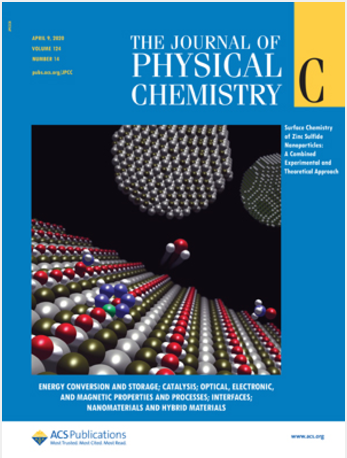d–d Orbital Coupling in RuCo Alloy Enhances the Ammonolysis of a Schiff Base in Reductive Amination
Abstract
The selective production of primary amines through reductive amination has received increasing attention due to their extensive applications, while efficient reductive amination is still challenging. Herein, a novel strategy was developed to realize the efficient reductive amination of carbonyl compounds with NH3 via d–d orbital coupling strategies in RuCo alloys. The designed series of RuCo alloy catalysts not only exhibited excellent performance in conversion of various substrates but also demonstrated universal applicability across different supports. The key role of RuCo alloy is its unique ability to effectively catalyze the ammonolysis of a Schiff base, the rate-determining step in reductive amination. Theoretical studies reveal that the d–d orbital coupling strategies break the five d orbital equivalent contributions of metal (Co or Ru) atoms, and the d orbitals primarily contribute through the dz2 and dx2-y2 orbitals of Ru and the dz2 orbital of Co on the RuCo(001) surface, which significantly driving the homolytic NH3 dissociation during the ammonolysis of the Schiff base. Furthermore, stable Co–H covalent bond species and RuCo-NH2 half-ionic and half-covalent bond species on the RuCo(001) surface were generated with lower energy levels. This work not only achieves efficient reductive amination but also provides an atomic orbital-level understanding of the d–d orbital coupling strategies for heterogeneous catalysis.





